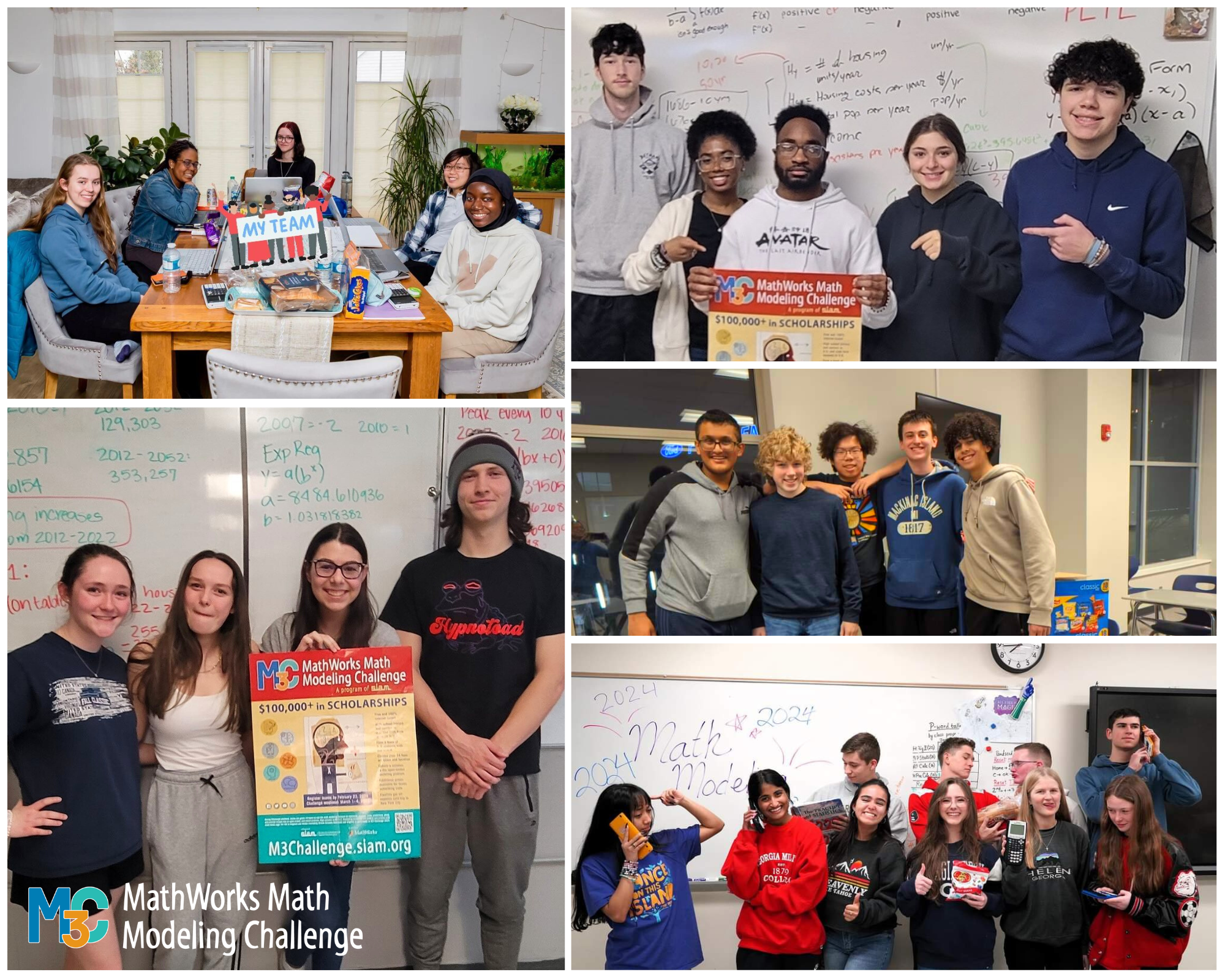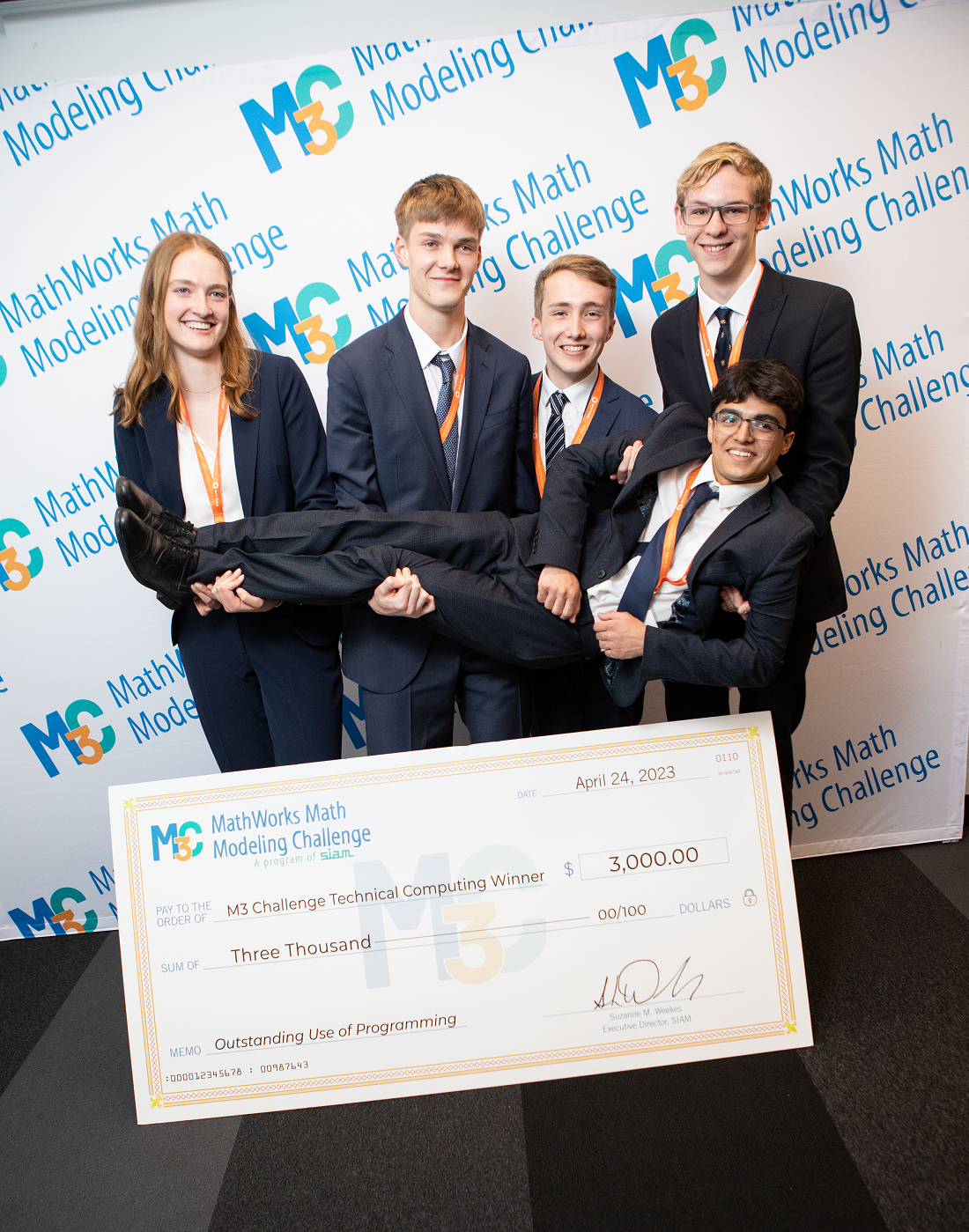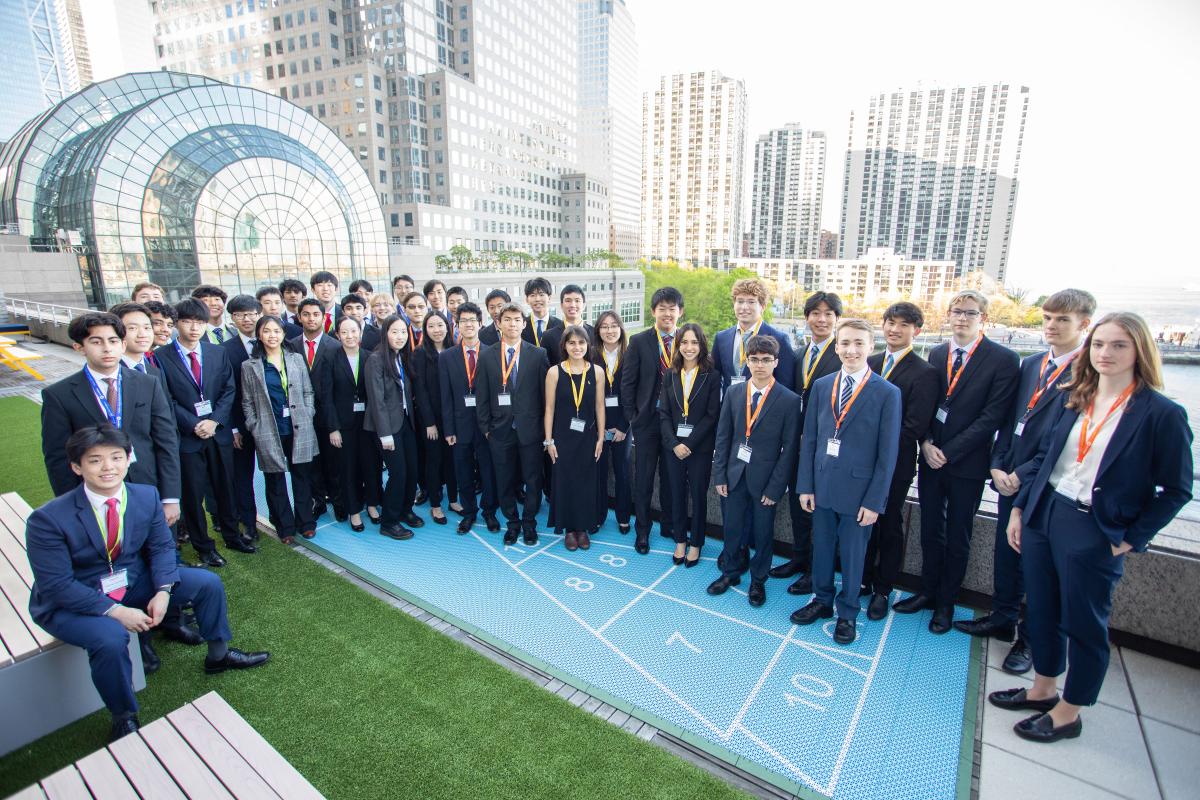Judge Commentary
Kelly Black, Ph.D., Department of Mathematics, Clarkson University
This year’s Challenge consisted of three questions about the costs of obtaining an undergraduate degree, in a Science, Technology, Engineering, or Mathematics (STEM) field versus a non-STEM field, and for quantification of quality of life issues. The questions ranged from calculating the cost of a degree, comparing the long term costs including loans with the benefits, and providing a tool to help students and parents decide which degree program, if any, to pursue. This is a topic of immense importance as the cost of obtaining a college education has increased at a rate faster than inflation.
This year’s Challenge was more difficult than we (the judges) anticipated. Due to the difficulty of the problem, I believe that no team provided a complete model, discussion, and analysis for all three questions. This forced the judges to consider what the students were capable of doing in the short time available to them and the different ways teams chose to allocate their time.
Despite the difficulty of tackling such a big problem in a short period of time, the vast majority of teams did a superb job and submitted impressive papers. The outstanding support and encouragement that many teams receive from their coaches is apparent, and once again we are grateful for their efforts. This event represents a rare opportunity for students to work as part of a team to develop and analyze models for open-ended problems. The event has continued to grow, and the entries continue to improve.
A number of observations are given here that are focused on this year’s event. First, an overview of important modeling considerations is given, which was more important this year due to the difficulty of the questions. Next, issues associated with the first question are examined. After looking at the first question, some basic issues about how to express a model are given. Finally, a few specific issues that arose in many team’s papers is discussed.





